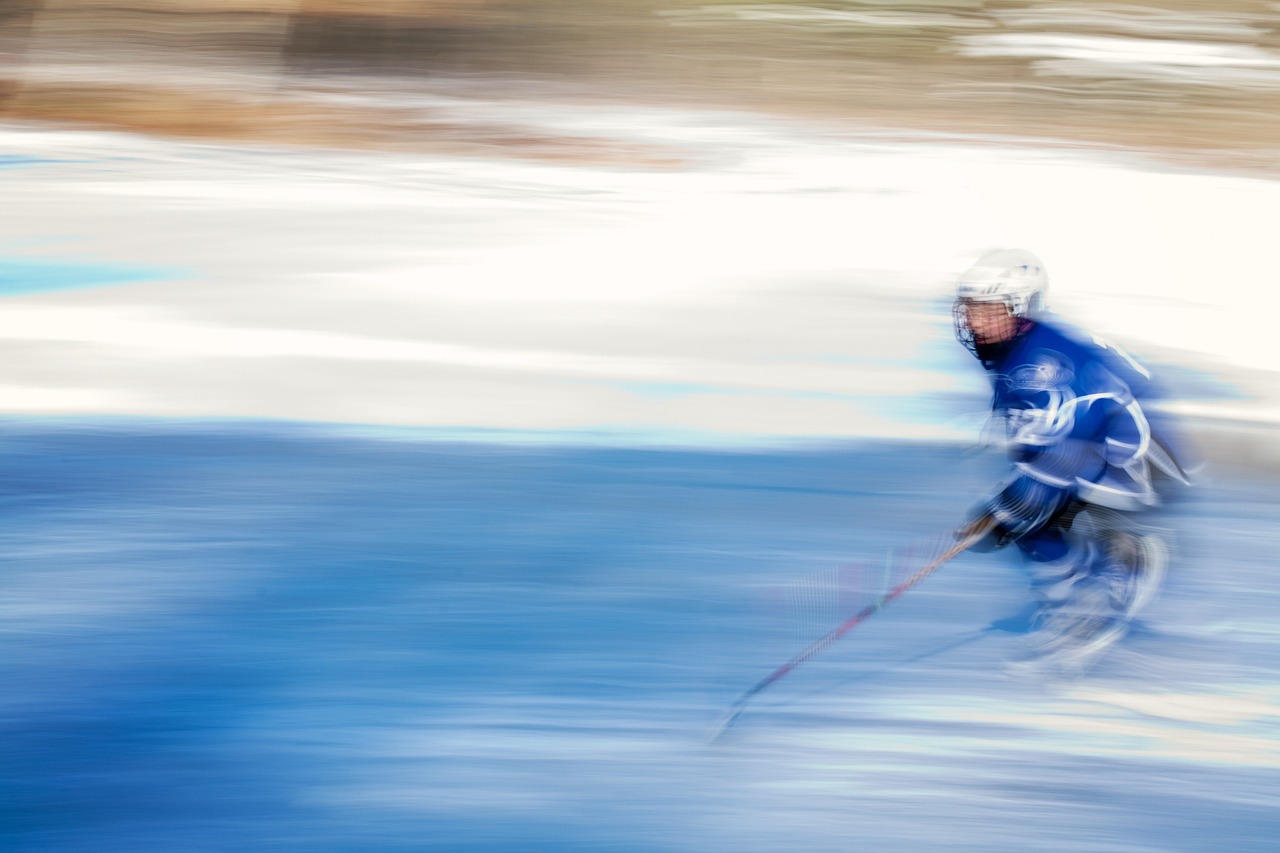Eliminating body checks has been positive; However, female ice hockey players are still at risk!
Factors associated with concussion rates in youth ice hockey players: data from the largest longitudinal cohort study in Canadian youth ice hockey
Eliason P, Galarneau JM, Shill I, Kolstad A, Babul S, Mrazik M, Lebrun C, Dukelow S, Schneider K, Hagel B, Emery C. Clin J Sports Med. 2023 Sep 1;33(5):497-504. doi: 10.1097/JSM.0000000000001177. Epub Jul 11 2023. PMID:37432327.
Full text freely available
Take home message
Youth hockey policies that eliminate body checks reduce the risk of concussions; however, concussion rates are still high among female ice hockey players.
Background
Concussion injuries account for a high percentage of sports-related injuries in Canada’s youth population. Smaller studies have identified a number of risk factors underlying policy changes, such as eliminating body checks at certain levels and age groups. However, we need larger long-term studies to determine additional risk factors and confirm whether rule changes help limit the risk of concussion in this population.
Study aim
The authors examined risk factors associated with concussions in >4,400 youth ice hockey players aged 11 to 17 years.
Methods
The authors followed 46 Canadian youth leagues over five seasons (2013/14 to 2017/18). All participants completed a baseline Sport Concussion Assessment Tool (SCAT), and one person from each team collected exposure information and identified injured players. The authors evaluated the incidence of game-related concussions, game-related concussions that resulted in >10 days of lost time, and all exercise-related concussions.
Results
A total of 4,418 players were recruited to participate. Of these, 1,344 participated in more than 1 season for a total of 6,584 player seasons. The athletes had 617 suspected concussions (554 game-related and 63 practice-related), of which approximately 84% were diagnosed by a doctor. A greater proportion of women competing on all-female teams suffered a concussion (64/431; 15%) than women competing on mostly male teams (17/168; 10%). Additionally, compared to men, women had a higher rate of game-related concussions and concussions with >10 days of lost time. In competitions, the burden of concussion was highest among players under 18 years of age. During training, the burden of concussion was highest among players under the age of 13. Policies that disallowed body checks were associated with a 46% lower rate of gaming-related concussions. Players with a history of concussion had a higher risk of concussion. Goalkeepers had a lower risk of concussion during a match compared to attackers. Age group, year of play and player weight were not related to the risk of concussion.
Viewpoints
The good news is that a policy that bans body checking reduces the risk of concussion in both games and training. However, the authors found that women were at greater risk of concussion than men during both play and training, regardless of body control policies. In addition, because the rate of concussions during training is still high in the under-13 age group, we need to find ways to reduce body checks and understand what mechanisms lead to a higher risk of concussion during under-13 training. Finally, future studies should evaluate additional biomechanical, anatomical, hormonal, and psychosocial factors to identify sex-specific risk factors among female ice hockey players and thus help inform prevention strategies.
Clinical implications
Medical professionals can continue to advocate for limiting or eliminating body checks to limit the risk of concussions in youth ice hockey leagues. More research is needed to reduce the risk for female ice hockey players.
Questions for discussion
Do you talk to coaches about strategies to prevent concussions during training?
related posts
- Less body control may protect adolescent ice hockey players
- Abolishing controls can have positive financial consequences.
- Even more evidence to stay off the boards
- Cut out the dangerous checking… Check
Written by Jane McDevitt
Reviewed by Jeffrey Driban






